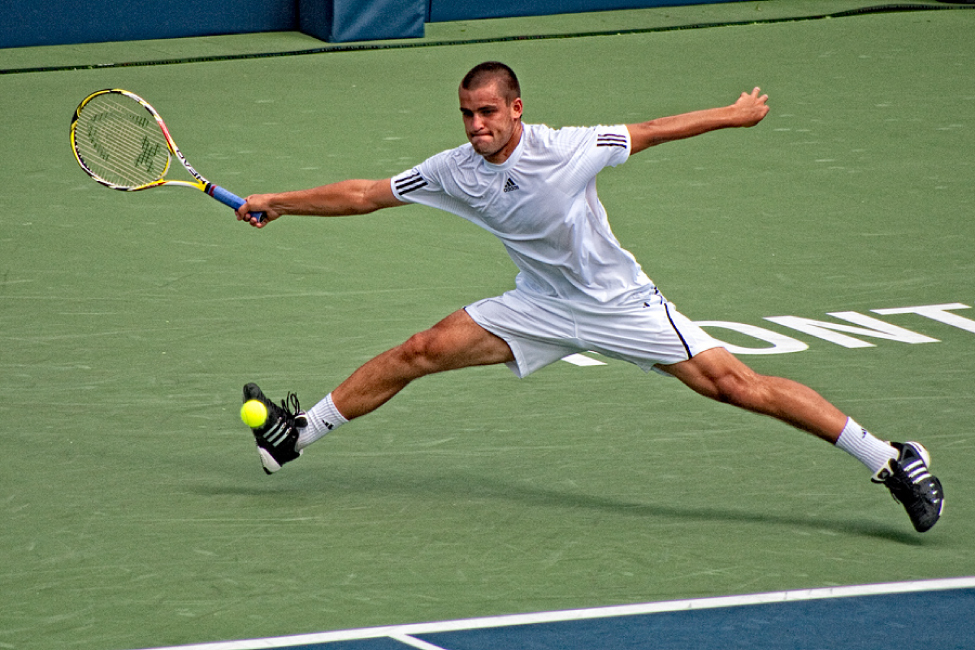10.0 Introduction

Learning Objectives
After studying this chapter, you will be able to:
- 10.1 Describe structural and functional differences of skeletal, cardiac, and smooth muscle tissue
- 10.2 Describe the structure and function of skeletal muscle fibers
- 10.3 Explain the process involved with initiating muscle contraction and relaxation
- 10.4 Explain how the nervous system is able to regulate force generation in skeletal muscle
- 10.5 Describe the types of skeletal muscle fibers
- 10.6 Relate the connections between exercise and muscle performance
- 10.7 Understand the structure and function of smooth muscle tissue
- 10.8 Explain the development and regeneration process of muscle tissue
When most people think of muscles, they think of the muscles that are visible just under the skin, particularly of the limbs. These are skeletal muscles, so-named because most of them move the skeleton. But there are two other types of muscle in the body, with distinctly different jobs. Cardiac muscle, found in the heart, is concerned with pumping blood through the circulatory system. Smooth muscle is concerned with various involuntary movements, such as having one’s hair stand on end when cold or frightened, or moving food through the digestive system. This chapter will examine the structure and function of these three types of muscles.
This work, Anatomy & Physiology, is adapted from Anatomy & Physiology by OpenStax, licensed under CC BY. This edition, with revised content and artwork, is licensed under CC BY-SA except where otherwise noted.
Images, from Anatomy & Physiology by OpenStax, are licensed under CC BY except where otherwise noted.
Access the original for free at https://openstax.org/books/anatomy-and-physiology/pages/1-introduction.

